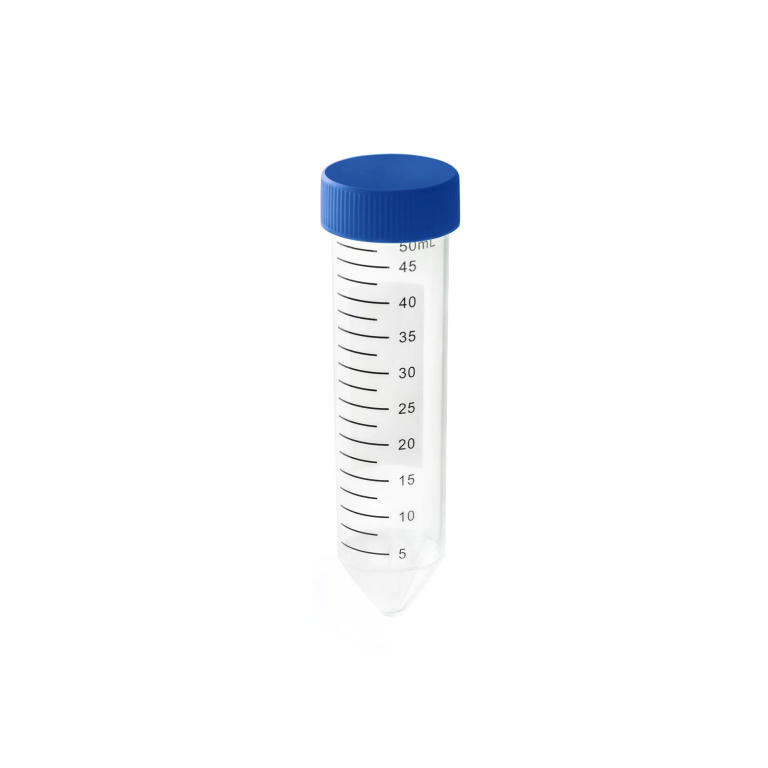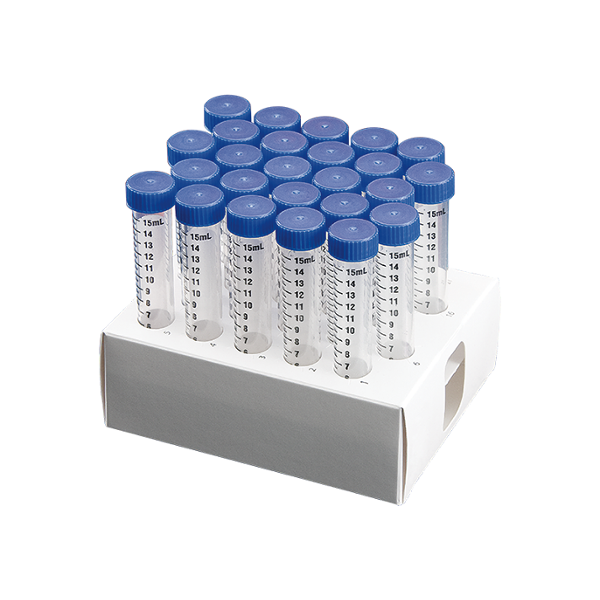Yes, cryogenic tubes (also called cryovials) are very much real and commonly used in science and medicine. Here are some more details:
– Purpose – Cryogenic tubes are designed to store biological samples (like cells, tissues, proteins, DNA, etc) at ultra-low temperatures usually below -80°C. At these temperatures, all biological activity stops and the samples are preserved long-term.
– Materials – Cryogenic tubes are made from special plastics that remain stable and do not become brittle at freezing temperatures like polypropylene or polyethylene.
– Design – The tubes are small in size (0.5 – 2 ml capacity generally), have leak-proof screw caps, and have writing surfaces to label sample details. Their shape allows stable storage in racks.
– Uses – Cryogenic tubes are widely used in fields like biology, medicine, and biotechnology to store cell lines, stem cells, reproductive samples, viruses, DNA libraries, and other biological materials that need long-term preservation.
– Storage – Samples in cryovials are kept at temperatures below -80°C, usually in mechanical freezers or liquid nitrogen tanks. The tubes protect the samples and allow easy handling.
– Transport – Cryovials permit the safe transport of frozen samples packed in dry ice. Samples retain their frozen state for the transport duration.
– Commercial availability – Cryogenic tubes and matching storage racks/boxes are standard laboratory supplies sold by scientific equipment vendors. Common brands are Nunc, Corning, VWR, etc.
So in summary, cryogenic tubes are very real, routine products serving the crucial function of low-temperature sample storage and transport in many scientific fields. Their unique plastic and design make this possible.


